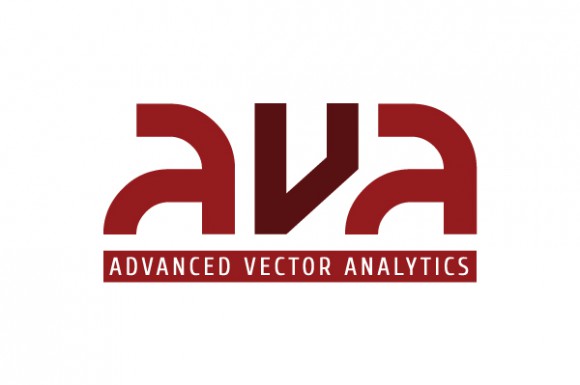 One thing is certain; if you’re an engineer working with machinery involved in aircrafts, power plants or anything in between, there simply is no room for mistake. A single, incorrectly manufactured part can end up costing the lives of many, lead to huge financial losses or cause horrific environmental catastrophes while the list of possible tragedies goes on.
One thing is certain; if you’re an engineer working with machinery involved in aircrafts, power plants or anything in between, there simply is no room for mistake. A single, incorrectly manufactured part can end up costing the lives of many, lead to huge financial losses or cause horrific environmental catastrophes while the list of possible tragedies goes on.
Both design and maintenance engineers in the field of these industries commonly rely on vibration detecting technologies to detect vibration, one of the crucial indicators to identify malfunctions in all sorts of highly mechanical machinery (Helicopter rotors, Airplane turbines, large logistical cranes etc.), which can be, if detected on time, fixed or replaced before disasters happen. Though the methods currently used are highly functional, its only logical that better, more practical methods exist out there, all it takes is to figure them out and put them to use.
Edgar Grant is the co-founder and CEO of Latvian startup AVA (Advanced Vector Analytics), a company which specializes in a new type of analytic measurement system that could create the next small scale revolution in the world of industrial science. His team has been spending the last several months in labs, experimenting and testing the functionality of their system as well as the prototypes that perform under its principles. A few days ago they officially announced the result of this long period of experimentation, which is a vibration detection solution which works in different ways than the old ones, while being more cost-efficient and perhaps most importantly, more reliable.
Traditional vibration detection commonly uses a one to three dimensional approaches to measurement. The reason why detection from multiple dimension is necessary is simply because it allows engineers to receive information from several planes, which in turn means information which is more trustworthy, since it contains more data.
However, make no mistake, acquiring this “rich” data is far from being a simple procedure, as the calculations behind the equipment used require numerous sensors, which are needed to sense and carefully take all crucial factors into account (i.e. object trajectory and total energy value among others, simultaneously from the x,y & z axes).
Because of this complexity, AVA’s 4D system (add the fourth dimension, time, to 3D and you’ll get the idea behind the naming) and the software it runs on, promises to make a significant impact on how condition monitoring and measurement will perform in the future. As the name suggests, the method enriches the detected data by keeping maintenance personnel on the loop in real time (or online with the machinery), which is important in situations where engineers need to make quick decisions based on reliable information.
The software also promises a broader range of detectable defect types as well as a more precise evaluation on the inspected materials, meaning workers will be able to detect in what state specific parts are in, and replace them if their lifeline is ending.
So basically AVA’s product has quite some promising improvements, but proving that it works in lab conditions is only the beginning of their journey. As with all new innovations, potential clients need to be convinced of the necessity and reliability of what they’re being offered. Grant told us that they are currently in communication with professors from the Oxford University in order to get a more solid approval from the science community, something they need in order to get further credibility.
He also pointed out that the system they’ve created is much more theory than practice and that the AVA team are experts in operating the system, not the machineries themselves. This means a good deal of collaboration with engineers who have the machinery know-how will be needed in order to turn the 4D AVA into something implementable on a large scale.
The company reached their current situation backed by both the Latvian government and Imprimatur Capital’s Riga branch, raising a fund which totalled to roughly €200 000. The fund was used to conduct the experiments, place patents on the invention and build prototypes. It’s under no debate that the fund was used in the right things, but since AVA has only now reached the point from where to start entering the markets, they’re open for a fresh round.
Since aircraft crashes, derailed trains and power plant leaks aren’t unseen topics in newspaper headlines during the past few years, it would seem that more industrial safety measures wouldn’t hurt. Even if by baby steps, AVA’s going towards that direction, which is good for business, but more importantly, those who fall victim to accidents due to machine malfunctions.




